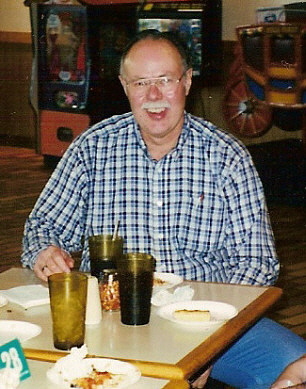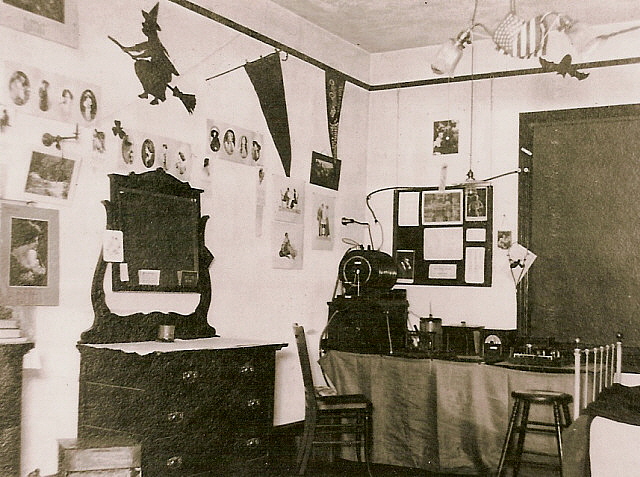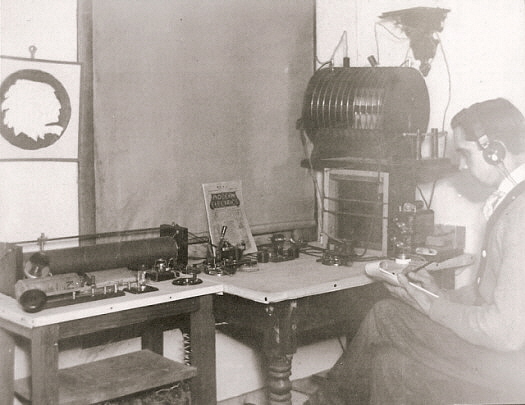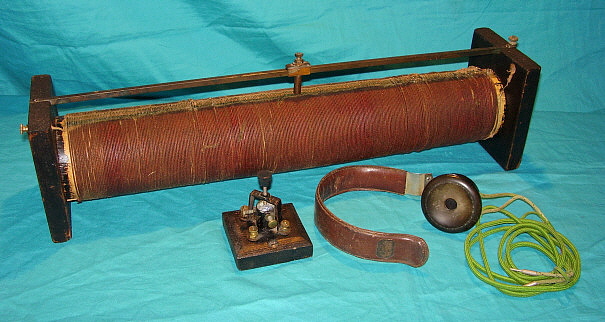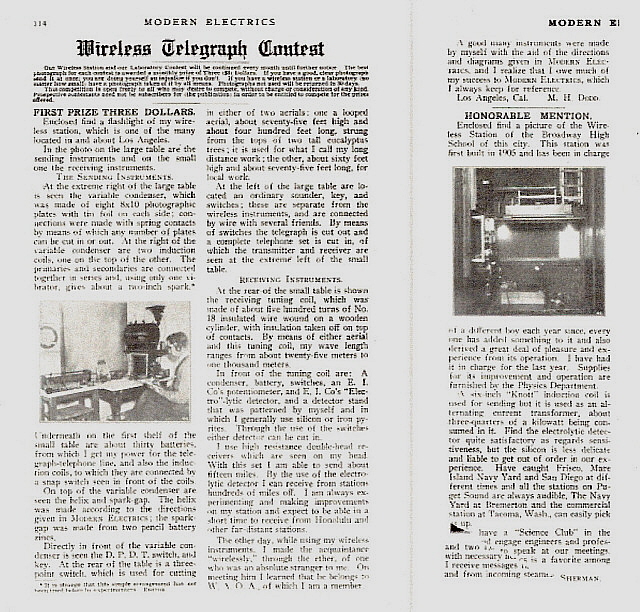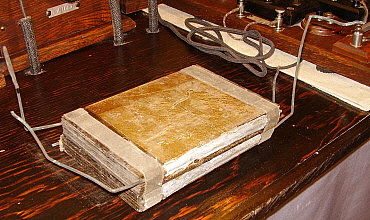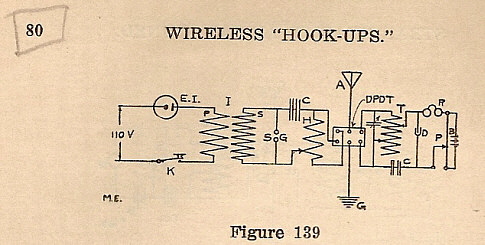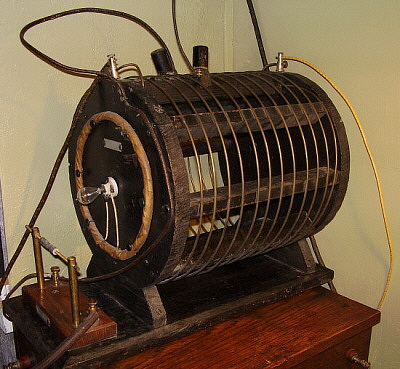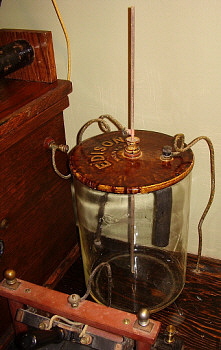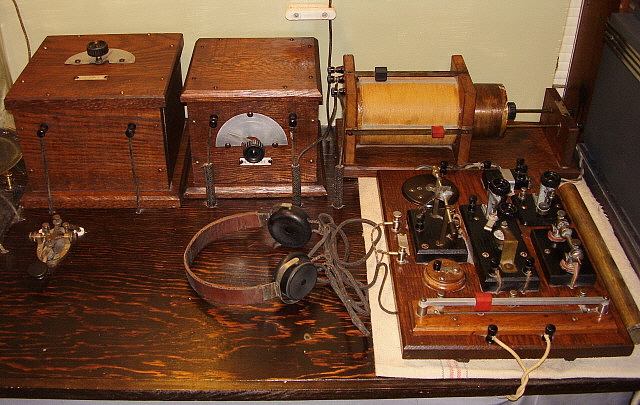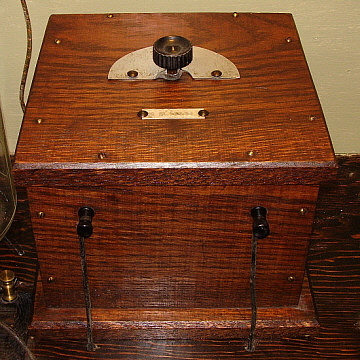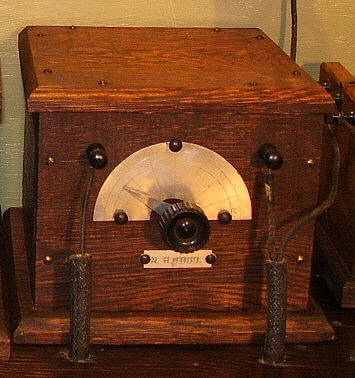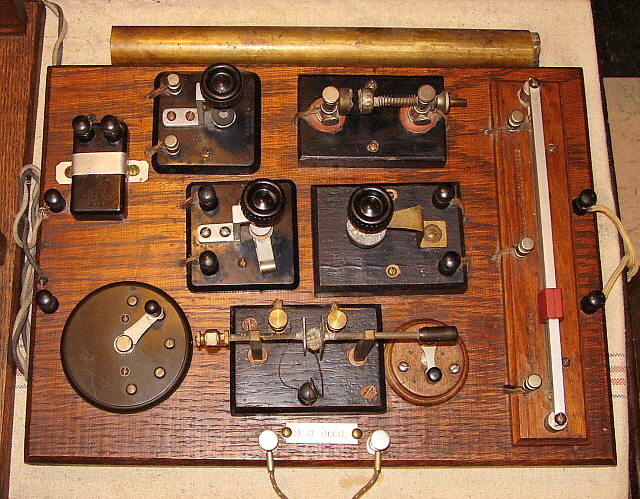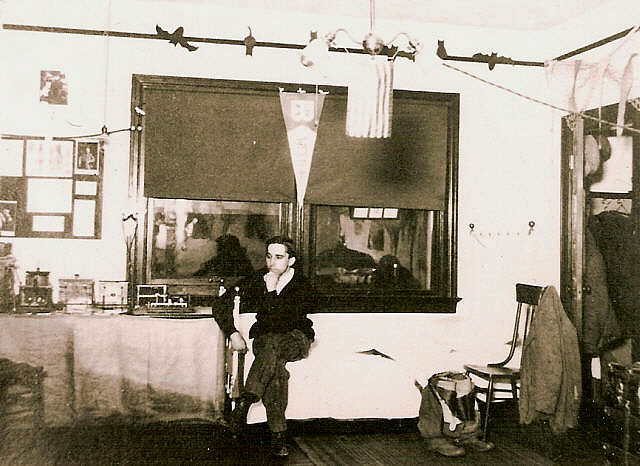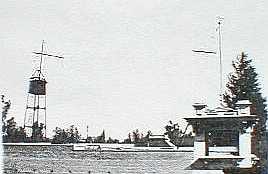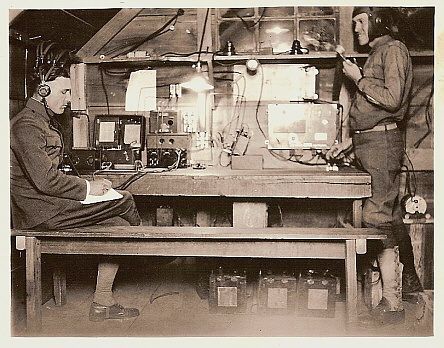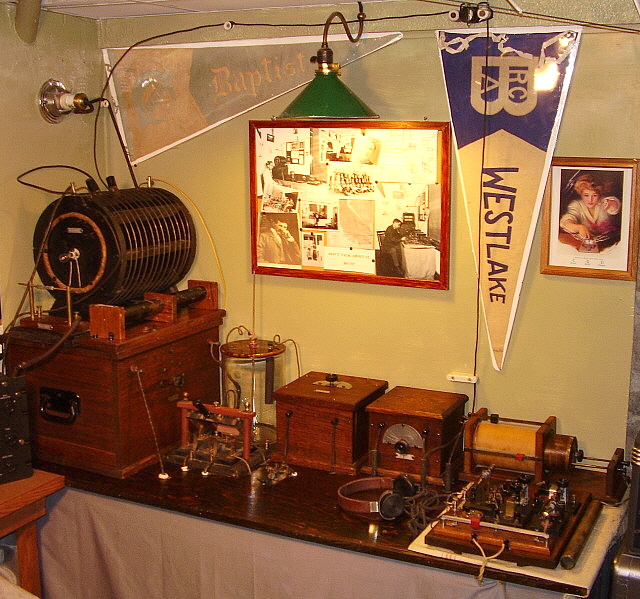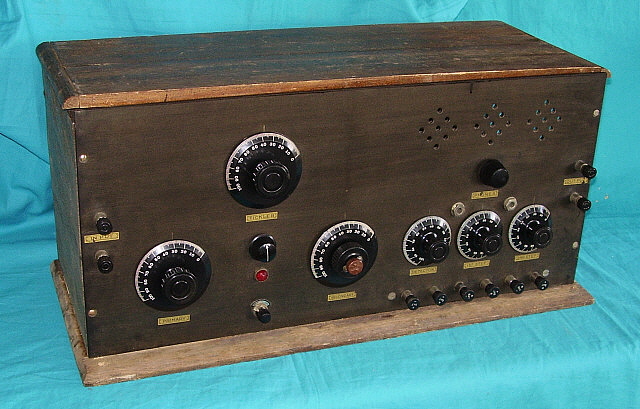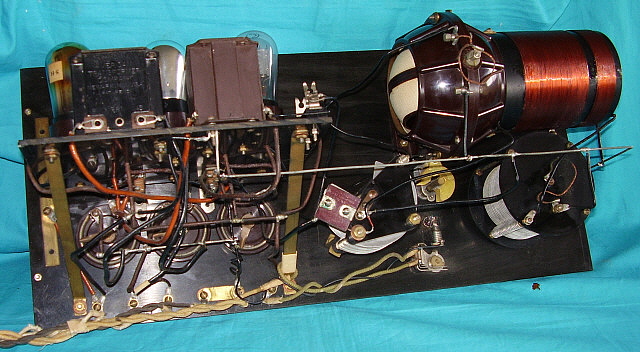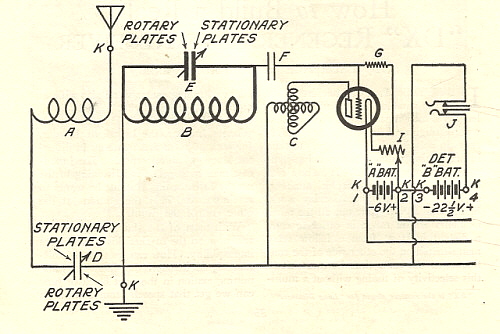|
P.S. I did give Steve Williams the nicest crystal set from the collection of
Dodd's other equipment. It was a J.K. Company "Universal" with a nice mahogany
box and engraved bakelite panel in very nice condition. Also, I rebuilt his very nice 1939
Zenith 6-S-321 three-band radio for him. Somehow though, it doesn't seem like enough
in return for his thoughtfulness in purchasing for me the initial items at the Dodd
yard sale that eventually lead me to the discovery of Dodd's Wireless
Station and also for keeping me informed about other Dodd items and
photographs that other antique dealers had obtained.
References:
1. Manual of Wireless Telegraphy for the use of Naval Electricians,
1913 - Robison
2. Wireless Hookups, 1911 - G. Rudolph
3. How to Make Wireless Instruments, 1912 - Various Writers
4. Construction of Inductance Coils and Transformers, 1912 - H.W. Secor
5. Electro Importing Company, Catalog #2, 1910
6. Wireless Telegraphy & High Frequency Electricity, 1909 - H. Lav.
Twining
7. M.H. Dodd Photographic Album - 1910-1917
8. Sierra Magazine, Special Issue 1963, "Men Who Match Our
Mountains"
9. Modern Electrics, June 1909 issue, Article on Dodd's
1909 Wireless Station - accessed from Google Books - Thanks to Chris Props
KJ4RGH for the info on this article
10. Images of America - San Bernardino Fire Department by
Steven Shaw - 2003 - History in vintage photos of the SBFD
Copyright © Henry Rogers July 27, 2000
Revised, edited and additional info added: December 9, 2001, July
30, 2002, July 2007
Completely revised, new written material, re-edited, new
photos added - © Henry Rogers May 29, 2009
New material added - July 2011
New material added - December 2013
New material added - December 2015
Re-edited for new layout - March 2019
|

